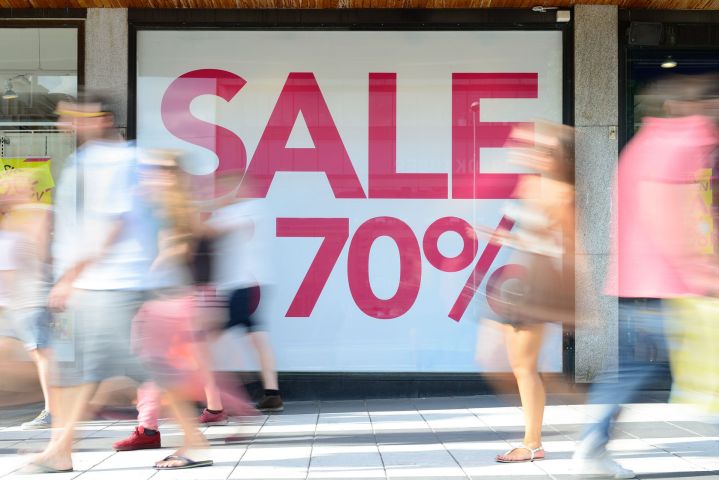
The crashed sign temporarily showed the program’s output, or what the program was measuring, which was photographed by a patron and uploaded to a web forum. That output code showed that the sign’s built-in camera was watching anyone who stopped to give the sign a glance. Using facial recognition technology, the sign appears to track gender, age, if the viewer wore glasses and even if that person was smiling, tagged along with just how long the sign maintained that person’s attention.
A crashed advertisement reveals the code of the facial recognition system used by a pizza shop in Oslo … pic.twitter.com/4VJ64j0o1a
— Lee Gamble (@GambleLee) May 10, 2017
That data is likely used for the advertiser to improve the sign based on real-world data. The system could theoretically be tracking which messages and images tend to attract men or women and of what age. Tagging whether or not the passerby smiles indicates the program tracks emotional responses. That data is likely used to improve future ads on that sign. If visitors with glasses spend more time at the sign than other users, perhaps a font size change could enhance the adverts readability, for example.
The sign was reportedly developed by facial recognition technology company Kairos. The company says the billboard helps businesses identify who their customers are and whether or not displays are reaching the target audience.
For businesses, identifying whether or not their marketing is reaching their intended audience can help companies reach the right people quickly. The idea is similar to tracking users online so advertisers can send diaper ads to users surfing parenting sites or travel deals to users who recently Googled a particular destination. The physical sign doesn’t appear to be tracking potential customers by name — or even by an assigned number like some online tracking systems — but instead seems designed to measure the effectiveness of an in-person advertisement.



